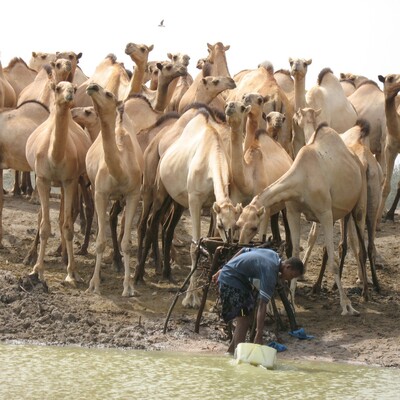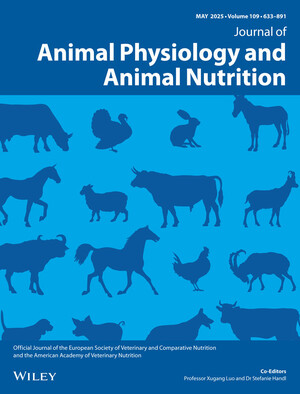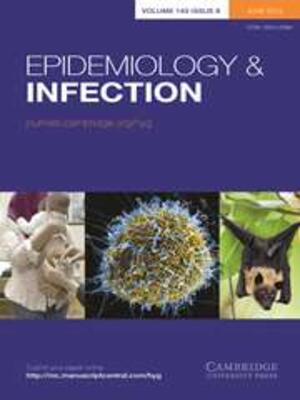
Ruminant livestock [in Atlas of African agriculture research and development]
Abstract
Ruminant livestock are raised across large parts of Africa where environmental conditions allow (Maps 1–4). Cattle, sheep, and goats are the most widespread, while camels are restricted to drier areas, particularly in the Horn of Africa and the arid parts of western Africa. These maps of ruminant distribution should, however, be used in conjunction with the livestock production systems map (p. 25) to better understand the systems and climate zones where ruminant livestock are found. The role of livestock varies greatly depending on the production system. The heavily forested areas and hyperarid deserts of Africa have very low densities of livestock. In arid and semiarid regions of Africa, where the potential for crop growth is limited, cattle, sheep, goats, and camels are raised in low productivity, pastoral (extensive livestock grazing) systems in which ambulatory stock can take advantage of seasonal, patchy vegetation growth. In these areas, raising livestock is the only viable form of agriculture. In the more settled humid, subhumid, and tropical highland areas, cattle and small ruminants largely live in the same areas as the human population. In these mixed crop-livestock farming systems, livestock can increase crop production by providing draft power and manure, and by enhancing labor productivity. At the same time, organic material not suited for human consumption can be converted into high-value food and nonfood products, such as traction, manure, leather, and bone.
Citation
Robinson, T.P., Wint, G.R.W., Conchedda, G., Cinardi, G. and Gilbert, M. 2014. Ruminant livestock. IN: Sebastian, K. (Ed.). 2014. Atlas of African agriculture, research and development: Revealing agriculture's place in Africa. Washington, DC: IFPRI: 26-27. https://hdl.handle.net/10568/74296










